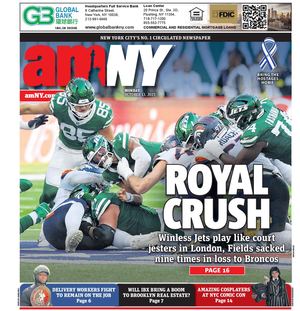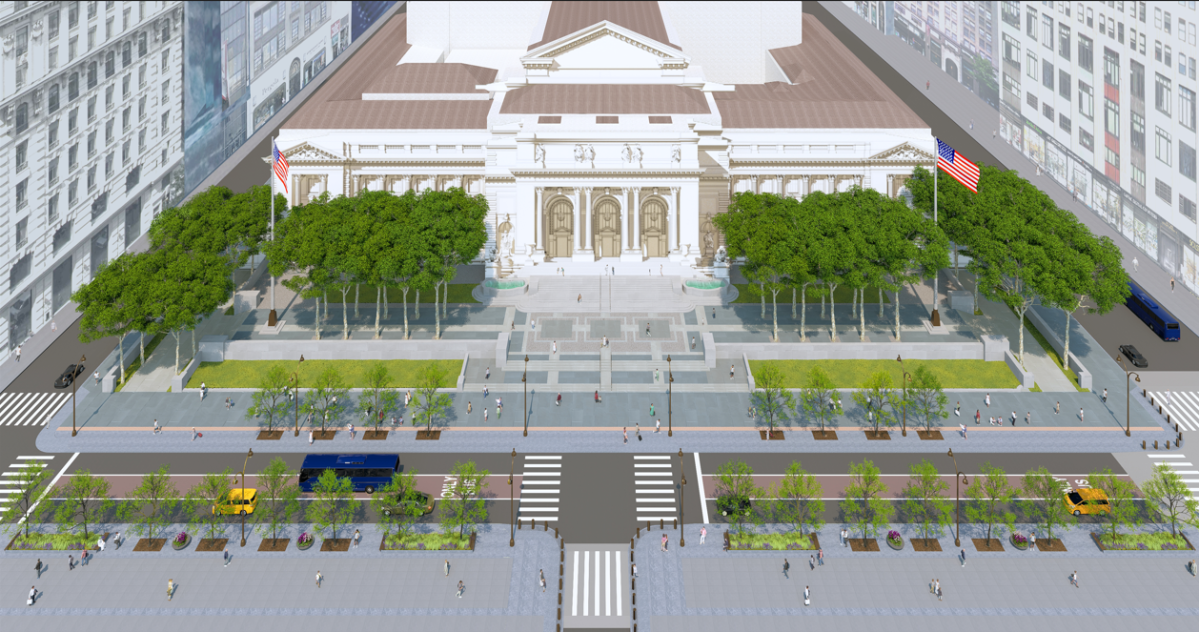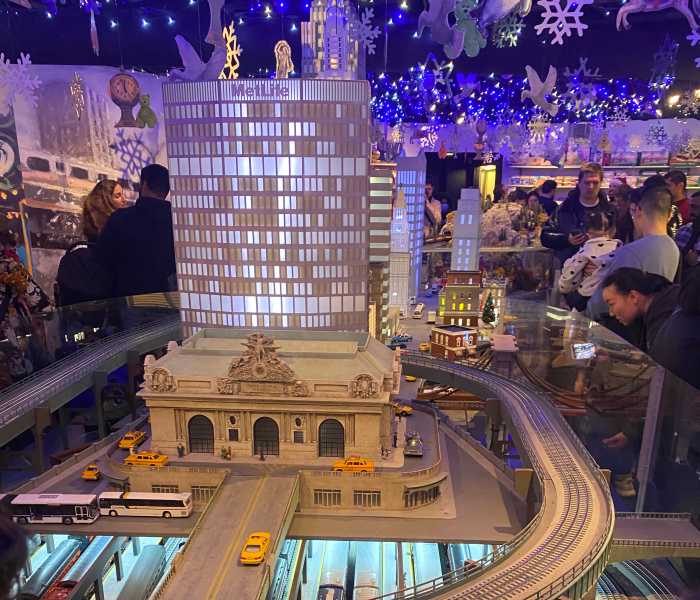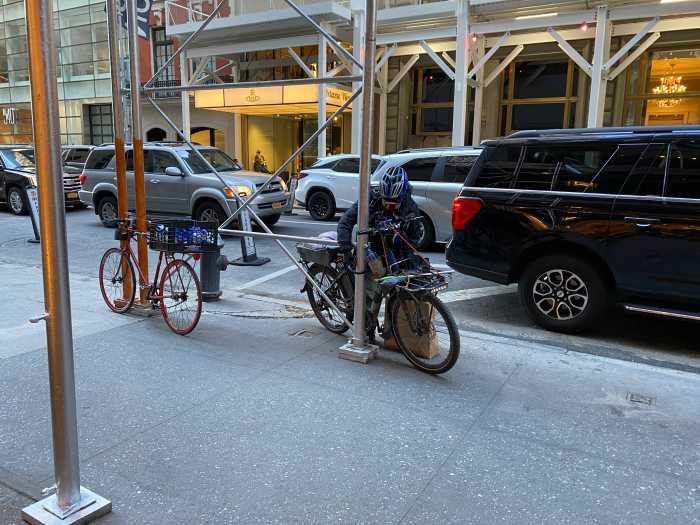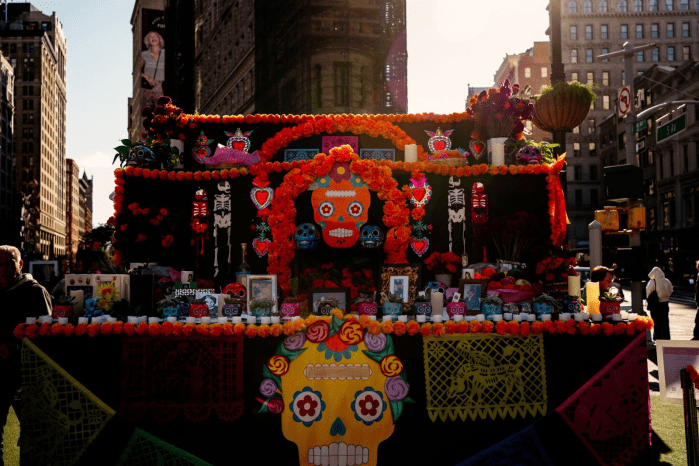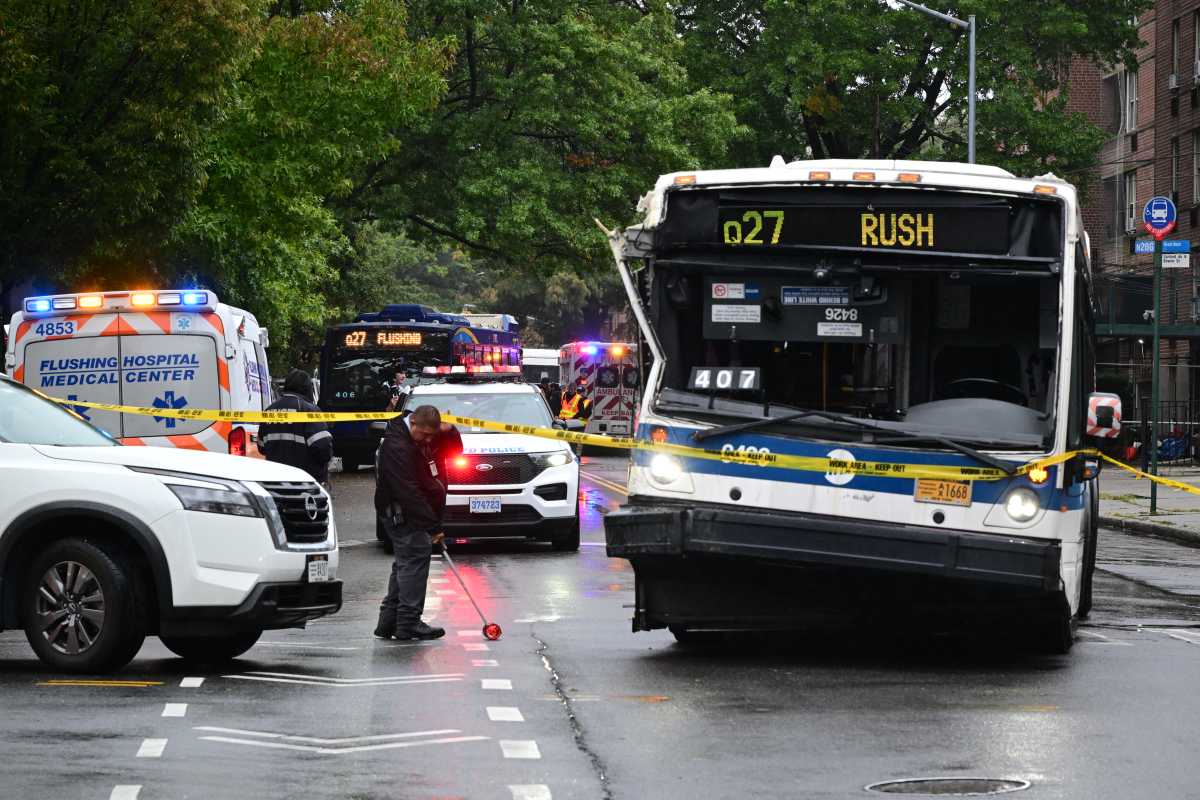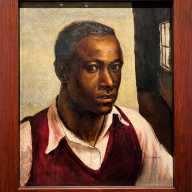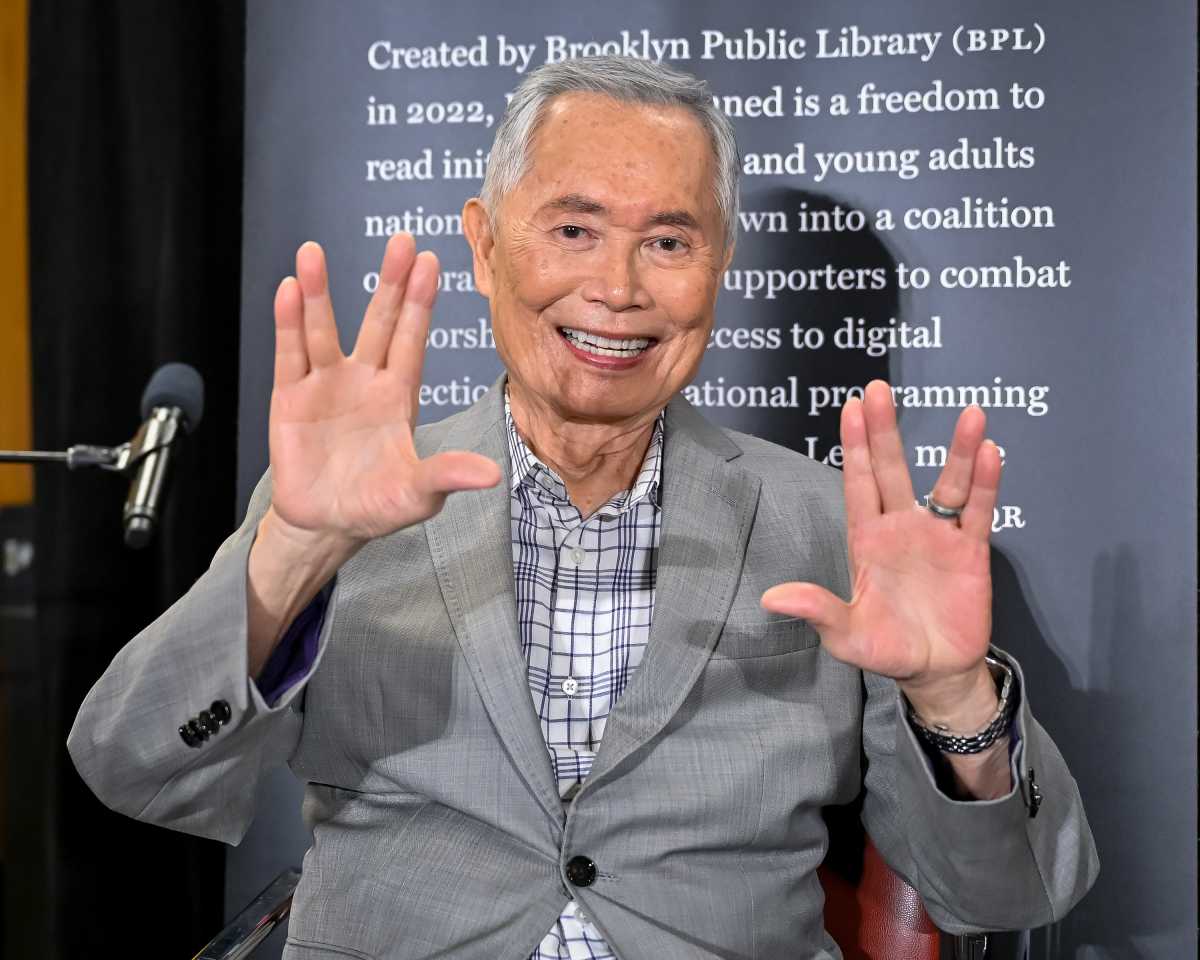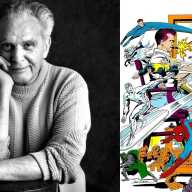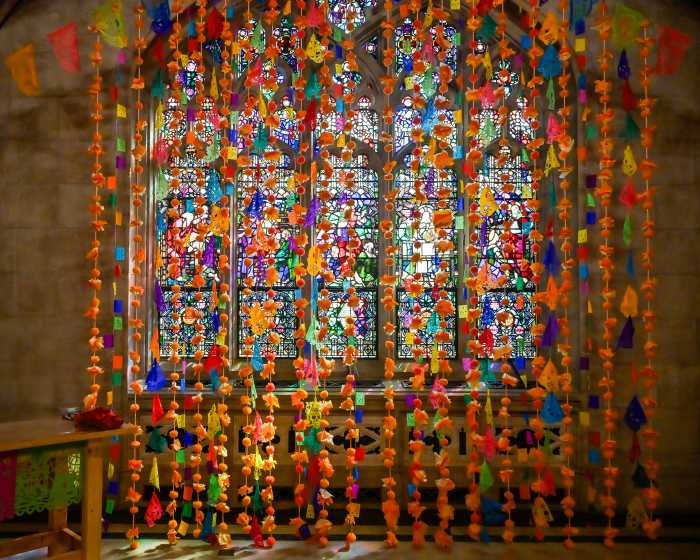The Adams administration is pitching turning tony Fifth Avenue into a European-style commercial boulevard through the heart of Manhattan — with automobile travel lanes reduced and sidewalks widened to accommodate the throngs of shoppers and tourists who frequent the stretch.
Mayor Eric Adams on Thursday unveiled a plan, first reported by the New York Times, that would widen the avenue’s sidewalks by 46% to accommodate the tens of thousands of tourists that cram the shoulders “like sardines” as they peruse high-end retailers like Bergdorf Goodman, Louis Vuitton, and Cartier.
“New Yorkers deserve an iconic boulevard that will rival the rest of the world,” said Adams. “And together with the Future of Fifth Partnership, we’re going to deliver just that.”
To accomplish the feat, the city intends to reduce the number of traffic lanes from five to three, including one bus lane — a reduction from two on much of the current avenue that is used by numerous bus routes transiting thousands of passengers each day.
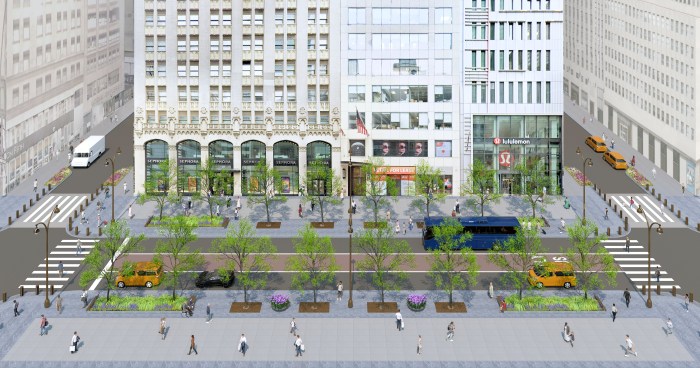
According to the city, pedestrians make up about 70% of traffic on Fifth Avenue, yet they are given less than half of the avenue’s space. The new plan increases the sidewalk width from 23 feet to 33.5 feet on each side and includes space for additional trees, planters, and seating.
Hizzoner compares the new design to famous streets around the world, like the Champs Elysees in Paris, Calle de Serrano in Madrid, and Regent Street in London.
Fifth Avenue is already a major economic driver for Manhattan and the city at large, with businesses along the stretch generating billions of dollars in revenue. The administration sees pedestrianization as a path to even greater returns for businesses: when the Department of Transportation (DOT) brought a limited-time Open Street to Fifth in 2022 for the holidays, retailers saw their sales jump by 6.6% compared to non-pedestrianized blocks, City Hall claims.
The Times reported that the plan is expected to cost $350 million, but City Hall expects the improvements to pay for themselves in under five years through increased tax revenues.
Not everyone is too pleased with Hizzoner’s plans, though. That’s because of what once could have been: former Mayor Bill de Blasio in 2020 pitched turning Fifth Avenue into a car-free busway, ala 14th Street, but that plan fell through after opposition from local businesses and real estate developers.
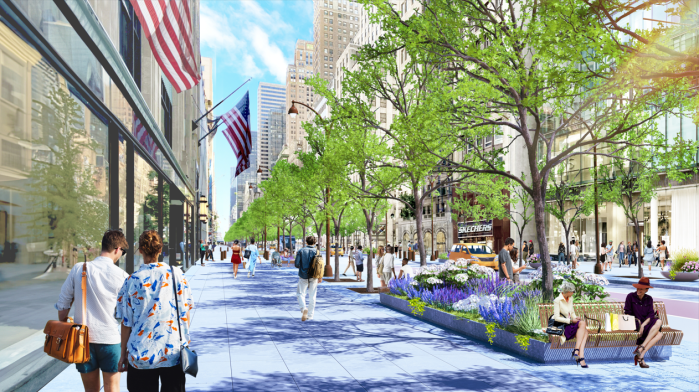
Now, some advocates for better buses are claiming the city prioritized residents and businesses along the stretch to the detriment of bus riders, many of whom work at the luxury retailers that define the avenue and overall tend to be poorer than other commuters.
The new busway plan was formed via a partnership between the city and local business improvement districts — partnerships between local businesses to boost commerce in a particular area. Bus riders were shut out, says the straphanger advocacy group the Riders Alliance.
“Mayor Adams’ proposal is a step backwards for 110,000 bus riders, who were promised a busway,” said Danny Pearlstein, the group’s policy and communications director. “An exclusive process produced an incomplete plan that caters to luxury boutiques but ignores how their workers get to work. Fifth Avenue should be a busway, prioritizing safety and connectivity for public transit riders, emergency vehicles, pedestrians, and cyclists.”
Read More: https://www.amny.com/nyc-transit/
